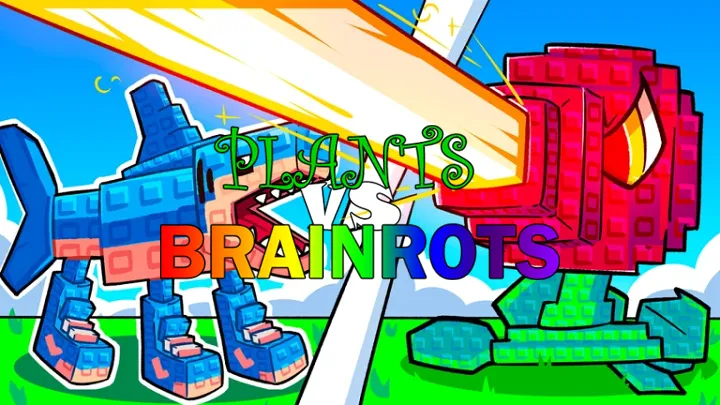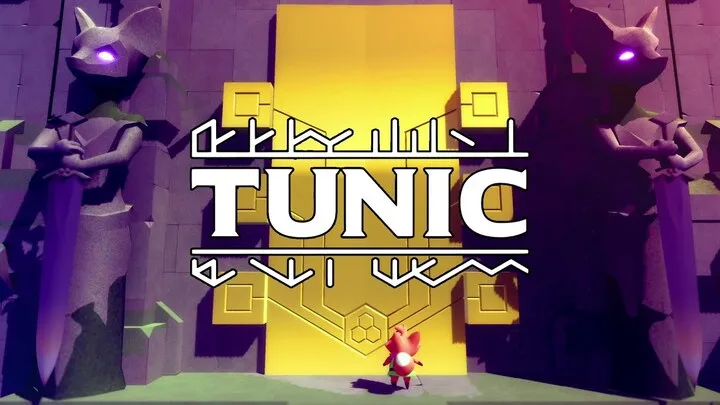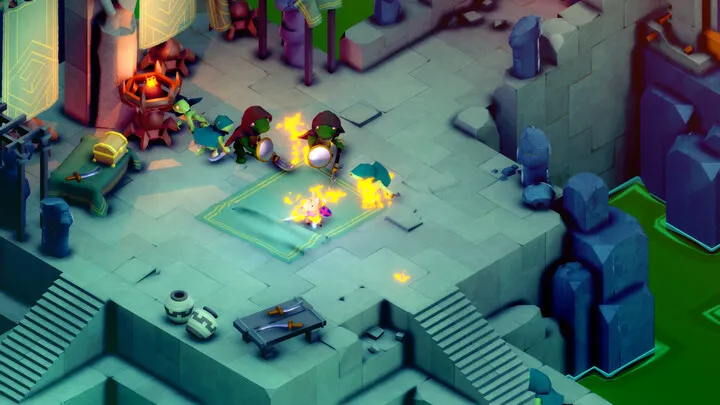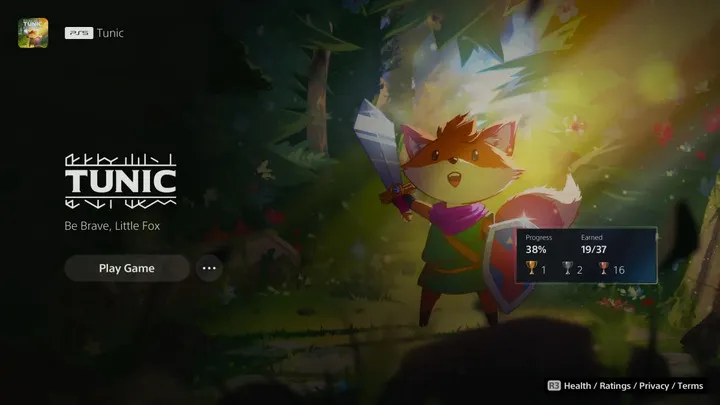The indie gem TUNIC is often described as a love letter to classic adventure games, but its most defining feature is not its combat, puzzles, or exploration. Instead, it’s the mysterious in-game manual that serves as both guide and puzzle in itself. Unlike traditional handbooks that explain mechanics plainly, the TUNIC manual is written in an undeciphered language, filled with cryptic diagrams, hidden clues, and subtle guidance.
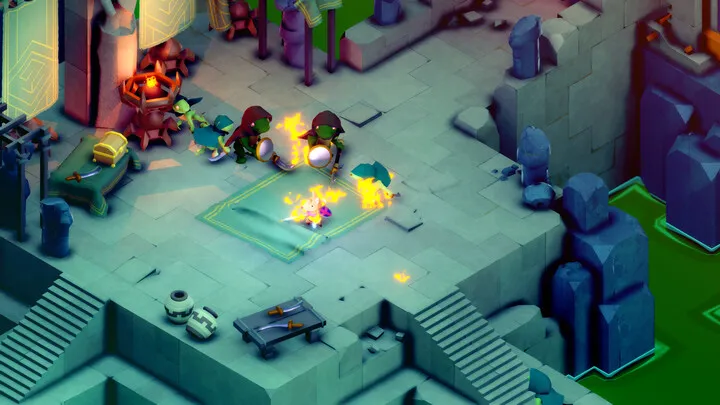
Learning how to master the manual is essential to unlocking TUNIC’s true depth. It’s more than a book—it’s the game’s beating heart. Players who decode its secrets gradually gain a richer understanding of the world, mechanics, and even the narrative itself. In this article, we’ll dive deeply into how to master the manual, decoding its secrets step by step, and how it changes the experience of playing TUNIC.
Understanding the Role of the Manual
The manual in TUNIC is not a simple guide—it’s a layered artifact. At first glance, it appears like the kind of paper manuals old-school cartridge games once included. Its nostalgic design lulls players into thinking it’s just decorative. But soon, it becomes clear that every page is packed with critical information.
The manual serves three core roles. First, it teaches mechanics without ever spelling them out directly. Second, it hides secrets in plain sight, rewarding careful observation. Third, it ties directly into the game’s meta-narrative, reflecting the theme of discovery through curiosity. Understanding these roles is the foundation of mastering the manual.
Collecting Pages Across the World
Unlike standard games where the manual is handed to you in full, in TUNIC the manual is fragmented. Players must explore the world to collect missing pages. This creates a sense of progression: each new page expands not only your knowledge but also your potential strategies.
Finding these pages is an adventure in itself. Some are hidden behind puzzles, others require combat skill, and some demand keen eyes for environmental details. The design encourages players to explore areas they might otherwise skip, rewarding curiosity and persistence.
Deciphering the Language
The most striking feature of the manual is its language—a script that seems unreadable at first. Players quickly realize that most of the text cannot be directly understood. Instead, interpretation comes from context, imagery, and occasional snippets of English.
Over time, patterns emerge. Certain recurring symbols align with actions or items. By cross-referencing diagrams with gameplay, players slowly construct meaning. The joy of discovery comes not from translation in the traditional sense but from comprehension through intuition. This process teaches patience, careful observation, and creative thinking.
Using Diagrams and Visual Clues
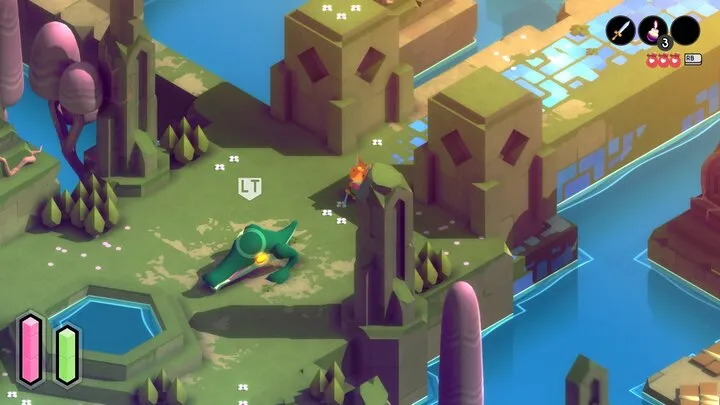
Beyond its strange language, the manual’s most useful tool is its artwork. Diagrams provide hints about mechanics, item functions, or enemy weaknesses. Unlike modern tutorials, these visuals are subtle—requiring players to interpret rather than passively absorb.
For example, a page might depict a fox character holding a shield against a projectile, hinting at the ability to block ranged attacks. Another page might show a map with faint dotted lines, suggesting hidden paths. These details reward players who slow down and study every illustration.
Recognizing Hidden Codes and Patterns
One of the most fascinating aspects of the manual is the presence of hidden codes. Some pages contain markings that correspond to inputs or sequences used to unlock secrets in the world. These codes are never explained outright—they’re embedded in the artwork.
Players who pay attention can discover secret doors, hidden treasures, and even entirely new mechanics. This transforms the manual into a puzzle box where each page could hold more meaning than it first appears. Recognizing these hidden patterns requires experimentation and a willingness to connect the manual’s abstract details with in-game possibilities.
Applying the Manual to Combat Strategies
The manual isn’t just about exploration—it also directly informs combat. Enemy pages, for instance, contain diagrams that hint at attack patterns, vulnerabilities, or weaknesses. Players who study these carefully gain a significant advantage in difficult encounters.
This mechanic elevates combat from reaction-based brawling to thoughtful preparation. Instead of rushing into fights blindly, mastering the manual encourages strategy: knowing when to block, when to dodge, and which items are most effective. In this way, the manual functions like a tactical guide hidden behind cryptic visuals.
Unlocking Environmental Secrets
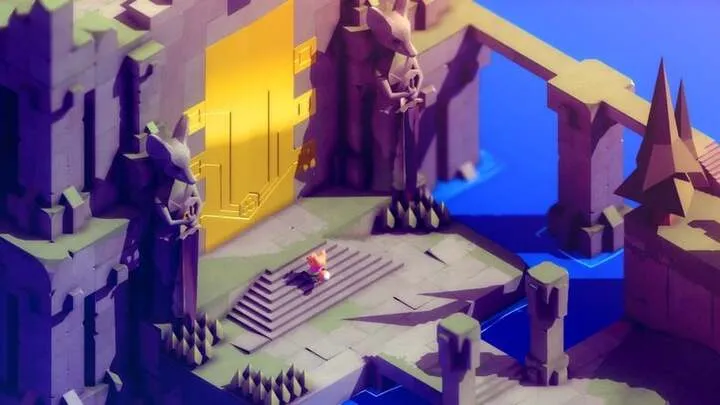
Another layer of the manual’s usefulness lies in environmental puzzles. Many parts of TUNIC’s world seem impossible to access until the manual reveals subtle hints. Certain pages include maps with extra markings, suggesting shortcuts or hidden areas.
Some puzzles can only be solved by carefully studying manual pages, lining up diagrams with in-game landmarks. This design makes the manual an essential companion throughout exploration, ensuring that the player is constantly rechecking its pages for clues.
Connecting the Manual to the Story
The manual is not just a gameplay tool—it’s a storytelling device. Its fragmented nature mirrors the fragmented world the player explores. Collecting and piecing together the manual reflects the protagonist’s journey of discovery.
Certain late-game revelations are tied directly to the manual itself, where the act of decoding becomes symbolic of understanding the truth about TUNIC’s world. In this way, mastering the manual also means unlocking layers of the narrative, blending lore with gameplay in a seamless design.
The Meta-Narrative of Discovery
The brilliance of the manual is that it embodies TUNIC’s philosophy of discovery. The game never tells you what to do directly. Instead, it rewards curiosity, experimentation, and persistence. The manual is the clearest representation of this philosophy.
It’s not about being told how to play; it’s about learning how to learn. Players who embrace this mindset find themselves not only mastering the manual but also appreciating the game on a deeper level. This meta-narrative elevates TUNIC beyond its mechanics into a commentary on the joy of discovery itself.
Final Lessons for Mastery
By the time a player has collected every page, studied every diagram, and solved every hidden code, the manual ceases to be mysterious. Instead, it becomes a symbol of mastery. The journey of learning—of slowly piecing together its secrets—is what makes TUNIC so rewarding.

The final lesson is simple: don’t rush. The manual is designed to be savored, studied, and appreciated as a living puzzle. Mastering it isn’t about translation—it’s about understanding through play.
Conclusion
The manual in TUNIC is one of the most innovative mechanics in modern gaming. It transforms a nostalgic artifact into a core gameplay system, challenging players to learn not by being told, but by discovering. To master the manual is to master the game itself. Each page collected, each diagram deciphered, and each secret uncovered brings players closer not only to victory but to the heart of what makes TUNIC a masterpiece.
